Aluminium 6061 le 5083 are both popular aluminum alloys used in various applications. Here are the key differences between the two:
| Thepa | 6061 Aluminium Plate | 5083 Aluminium Plate |
|---|---|---|
| Sebopeho sa Alloy | Aluminium, magnesium, silicon | Aluminium, magnesium, manganese, chromium |
| Matla | Matla a itekanetseng | Matla a phahameng |
| Kotulo Matla | Around 40,000 psi (276 MPa) | Around 30,000 psi (207 MPa) |
| Matla a tšepe | Around 45,000 psi (310 MPa) | Around 45,000 psi (310 MPa) |
| Khanyetso ea Corrosion | Khanyetso e ntle ea kutu | E babatsehang khanyetso ea corrosion |
| Application Areas | Likarolo tsa sebopeho, likarolo tsa likoloi, general machining, etc. | Marine applications, kaho ea likepe, offshore structures, lijana tsa khatello, etc. |
| Weldability | Weldability e ntle | Weldability e ntle |
- Sebopeho sa Alloy:
- Aluminium 6061: It is an alloy composed of aluminum, magnesium, le silicon. It has good formability, weldability, le khanyetso ea kutu.
- Aluminium 5083: It is an alloy composed of aluminum, magnesium, and traces of manganese and chromium. It is known for its exceptional corrosion resistance and high strength.
- Matla:
- Aluminium 6061: It has good strength properties, with a yield strength of around 40,000 psi (276 MPa) and a tensile strength of approximately 45,000 psi (310 MPa). It is commonly used in structural applications.
- Aluminium 5083: It is a high-strength alloy, with a yield strength of around 30,000 psi (207 MPa) and a tensile strength of approximately 45,000 psi (310 MPa). It is especially valued for its strength in marine environments.
- Khanyetso ea Corrosion:
- Aluminium 6061: It has decent corrosion resistance, particularly when compared to other aluminum alloys. It forms a protective oxide layer on its surface, which helps resist corrosion.
- Aluminium 5083: It offers excellent corrosion resistance, particularly in saltwater and marine environments. It is highly resistant to corrosion caused by seawater and other aggressive chemicals.
- Application Areas:
- Aluminium 6061: It is commonly used in a wide range of applications, including structural components, likarolo tsa likoloi, liforeimi tsa libaesekele, electrical fittings, and general machining applications.
- Aluminium 5083: It is primarily used in marine applications, joalo ka kaho ea likepe, mekoloko ea likepe, offshore structures, and other components exposed to saltwater and harsh environments. It is also utilized in pressure vessels, thepa ea lipalangoang, and architectural elements.
- Weldability:
- Aluminium 6061: It has good weldability and can be easily welded using various techniques, including TIG (Tungsten Inert Gas) welding and MIG (Metal Inert Gas) welding.
- Aluminium 5083: It has good weldability, particularly when using the appropriate filler material. It is commonly welded using the MIG welding process.
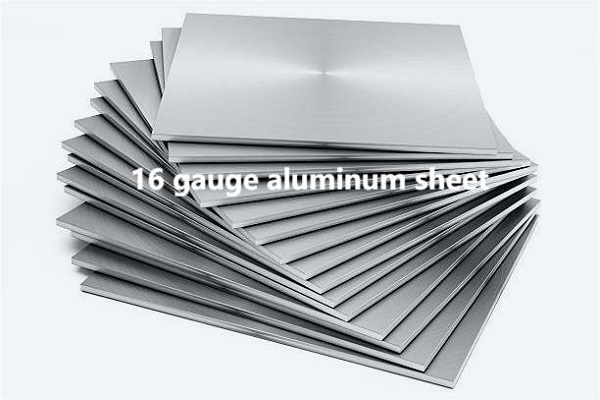
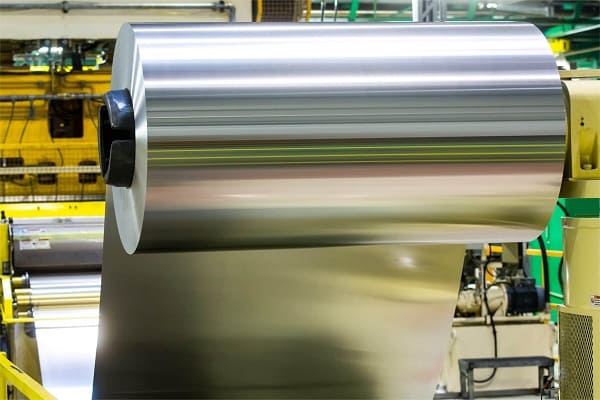

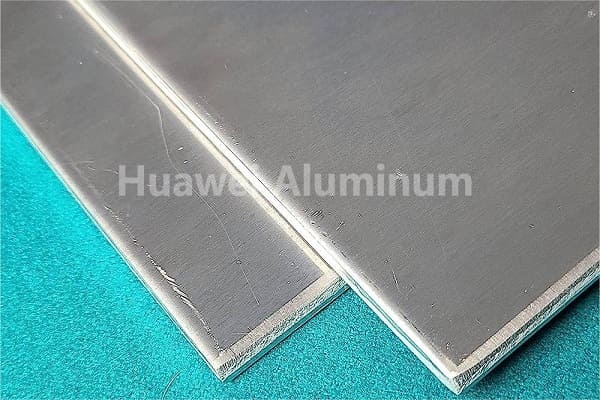
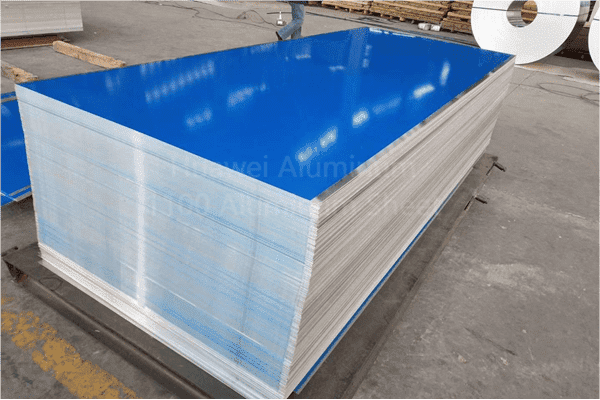
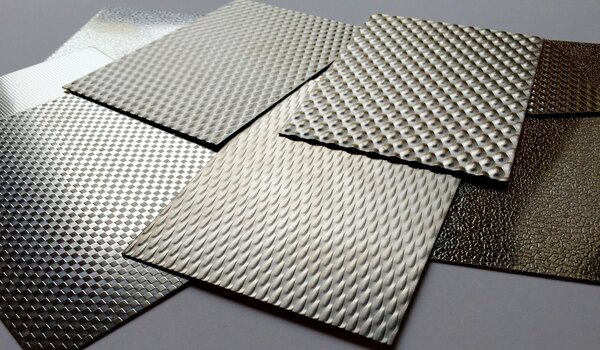



Tlohela Karabo